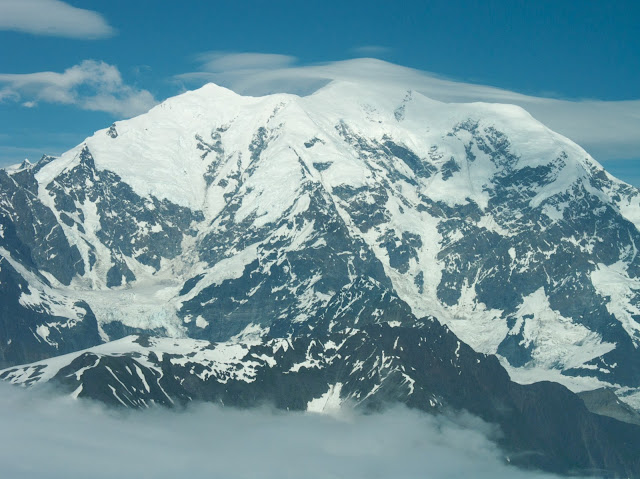The climate on Mount Fairweather, found in Alaska's Fairweather Extend, is characterized by extraordinary conditions commonplace of high-altitude mountain situations. Due to its nearness to the Inlet of The frozen north and the Pacific Sea, Mount Fairweather encounters overwhelming precipitation, solid winds, and quickly changing climate designs all through the year.
During the summer months, from June to Eminent, temperatures on Mount Fairweather can run from 0°C to 10°C (32°F to 50°F) at lower heights, but they frequently drop underneath solidifying at higher elevations. Summer climate is for the most part milder compared to other seasons, but it can still be unusual, with visit rain showers and mist clouding visibility.
In harvest time, from September to November, temperatures start to drop, and snowfall gets to be more common, especially at higher heights. Winds moreover tend to increment amid this time, contributing to challenging climbing conditions.
Winter on Mount Fairweather, from December to February, is cruel and unforgiving. Temperatures fall well underneath solidifying, with normal lows extending from -10°C to -20°C (14°F to -4°F) or indeed lower at higher rises. Overwhelming snowfall and tall winds make unsafe conditions, making climbing amazingly troublesome and dangerous.
Spring, from Walk to May, brings marginally hotter temperatures and longer sunshine hours, but snow and ice proceed to cover the mountain. Torrential slide chance remains tall, and climbers must work out caution when endeavoring to summit Mount Fairweather amid this time.
Overall, the climate on Mount Fairweather is profoundly variable and can alter quickly, posturing critical challenges for climbers and explorers. Appropriate planning, counting fitting equip and information of climate figures, is fundamental for securely exploring this imposing top.
